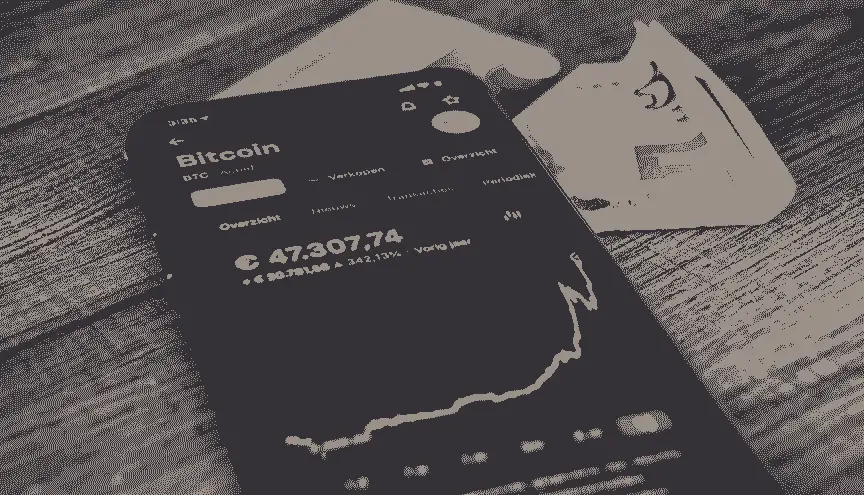Understanding The Bitcoin Supply Limit is key to formulating a good cryptocurrency strategy.
With a 21 million supply limit set, 18.1967 million coins have currently been mined (as of November 8, 2021), and it’s the finite supply of Bitcoin that has helped achieve all-time high breakthroughs over the past few years.
Scarcity is built into Bitcoin, this is the driving force behind Bitcoin and has contributed to its rise since Satoshi mined the first genesis block on January 3, 2009.
Eventually, Bitcoin will hit the hard supply cap of 21 million coins. Based on forecasting in 2017, the last Bitcoin will be mined on August 2140. We cannot do a deep dive into the details of mining here (as that deserves its writeup), but let’s quickly scratch the surface.
In the early days of the cryptocurrency, successful Bitcoin miners were rewarded with 50 BTC per block. Fast forward to 2021, and the current block reward for mining Bitcoin is 4.5 BTC. The blockchain reward is halved every 210,000 blocks, which is roughly every four years.
As the reward for mining halves and the demand increases due to the scarcity and demand, savvy crypto traders can use the Stock to Flow model to analyze movement and predictions in price.
Bitcoin V Gold – The Stock To Flow Model
The Stock To Flow model is relatively new compared to other forms of technical analysis in the crypto world. But, like many other prediction analysis techniques, the Stock To Flow model is based on a traditional market (in this example, the commodity of gold).
We’ll use this example to understand its role in Bitcoin.
The Stock To Flow model is a simple ratio of, you guessed it – Stock (S) to Flow (F).
Let’s look at the amount of gold that has been mined, which the World Gold Council estimates to be 190,000 tons.
This is the amount of stock, S=190,000. The amount of gold mined yearly is roughly 3,200 tons worth – so this is the flow of gold.
- F=3,200
- (stock) S=190,000
- (flow) F=3,200
As you can see, the amount of gold entering the supply market is low compared to its total supply, giving it a higher stock-to-flow ratio.
This can be used to measure other scarce commodities, and in our case, it has been done so for Bitcoin.
Plan B & The Stock To Flow Model
Using the Stock To Flow model we’ve just looked at, a user under the pseudonym ”Plan B” created the Stock to Flow Model for Bitcoin, announcing his model on Twitter in 2019.
Plan B used the original Stock To Flow model and added the element of block rewards halving every four years in Bitcoin, amongst other factors, to theorize future prices.
Bitcoin is below $34K, triggered by Elon Musk's energy FUD and China's mining crack down.
— PlanB (@100trillionUSD) June 20, 2021
There is also a more fundamental reason that we see weakness in June, and possibly July. My worst case scenario for 2021 (price/on-chain based): Aug>47K, Sep>43K, Oct>63K, Nov>98K, Dec>135K pic.twitter.com/hDONOVgxH1
This was in 2019 when the price of BTC had fallen below $1500. On the left is a snapshot of Plan B’s predictions for Bitcoin using his Stock To Flow model, where he analyzed and predicted the price across a five-month range of August 2021 – December 2021.
Let’s have a look at how they line up with the months that have passed.
- Bitcoin Value (June, 2021)
- August, 2021: $50,430.16
- September 2021: $52,701.59
- October 2021: $66,878.47
- November 2021: (At time of writing, Nov BTC high is $65,340.38)
So far, Plan B’s predictions have proven correct, accurately matching the prices he originally predicted based on his Stock To Flow model. This shows how vital the Stock to Flow model can be for analyzing the Bitcoin market, a handy tool in any crypto traders’ skillset.
Here are a few other bitcoin trading posts you might find educational
- How to be a Bitcoin millionaire
- How to swing trade Bitcoin
- Cryptocurrency wallets and how to use them
